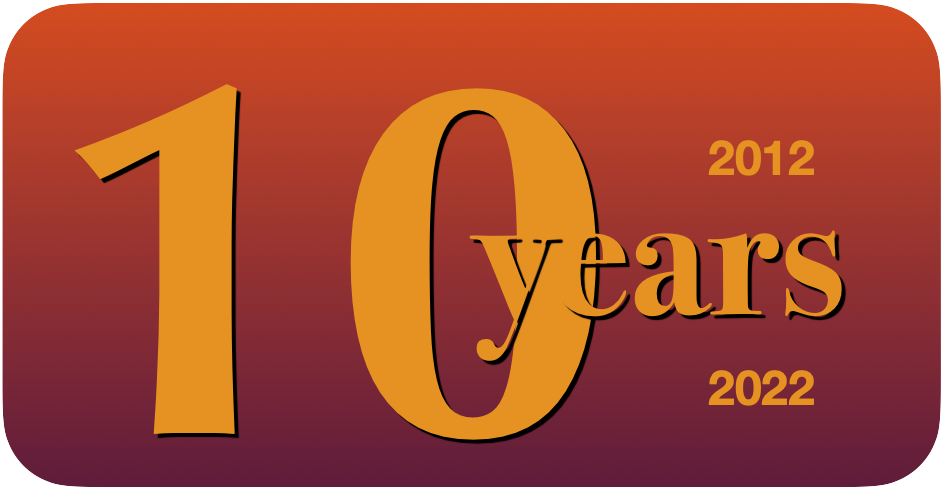Products in the category of locales resemble, but do not coincide with products in the category of topological spaces. Till Plewe has a nice explanation to this, as I will explain in this month’s post: the localic product of two topological spaces coincides with their topological products if and only if player II has a winning strategy in a certain game, which I have already described last month. As a consequence, we will obtain that the localic product of S0 with itself is not its topological product (a result due to Matthew de Brecht), we will retrieve that the localic product of Q and of R–Q differs from their topological product (and more generally, a result of John Isbell’s), and finally that the localic product of Q with itself differs from the topological product, and that Q is not consonant… with a much, much simpler proof than those I have ever mentioned here. The idea of that argument is due to Matthew de Brecht. Read the full post.
-
Recent Posts
Recent Comments
- xiaodong.jia on Well-filtered dcpos
- jordan 11 legend blue on Bourbaki, Witt, and a theorem of Dito Pataraia’s
- air jordan 11 legend blue on Bourbaki, Witt, and a theorem of Dito Pataraia’s
- jordan legend 11s on Bourbaki, Witt, and a theorem of Dito Pataraia’s
- jordan 11 legend blue 2014 on Bourbaki, Witt, and a theorem of Dito Pataraia’s
Archives
- November 2023
- October 2023
- September 2023
- August 2023
- July 2023
- June 2023
- May 2023
- April 2023
- March 2023
- February 2023
- January 2023
- December 2022
- November 2022
- October 2022
- September 2022
- August 2022
- July 2022
- June 2022
- May 2022
- April 2022
- March 2022
- February 2022
- January 2022
- December 2021
- November 2021
- October 2021
- September 2021
- August 2021
- July 2021
- June 2021
- May 2021
- April 2021
- March 2021
- February 2021
- January 2021
- December 2020
- November 2020
- October 2020
- September 2020
- August 2020
- July 2020
- June 2020
- May 2020
- April 2020
- March 2020
- February 2020
- January 2020
- December 2019
- November 2019
- October 2019
- September 2019
- August 2019
- July 2019
- June 2019
- May 2019
- April 2019
- March 2019
- February 2019
- January 2019
- December 2018
- November 2018
- October 2018
- September 2018
- August 2018
- July 2018
- June 2018
- May 2018
- April 2018
- March 2018
- February 2018
- January 2018
- December 2017
- November 2017
- October 2017
- September 2017
- July 2017
- June 2017
- April 2017
- February 2017
- January 2017
- October 2016
- August 2016
- July 2016
- June 2016
- May 2016
- April 2016
- March 2016
- January 2016
- December 2015
- October 2015
- September 2015
- July 2015
- June 2015
- May 2015
- March 2015
- February 2015
- January 2015
- December 2014
- November 2014
- September 2014
- July 2014
- June 2014
- May 2014
- March 2014
- January 2014
- December 2013
- November 2013
- October 2013
- July 2013
- June 2013
- April 2013
- February 2013
- October 2012
Meta

